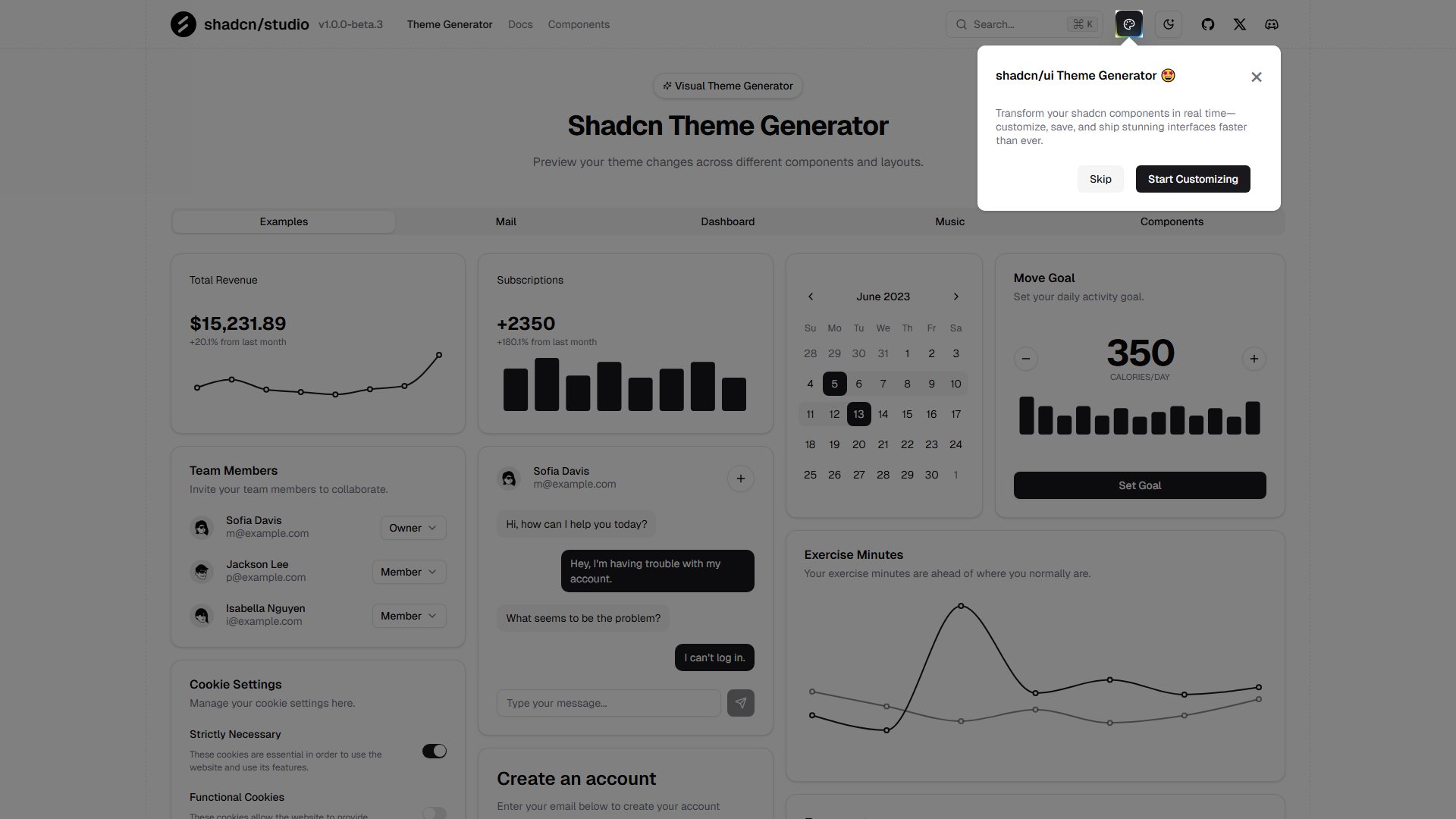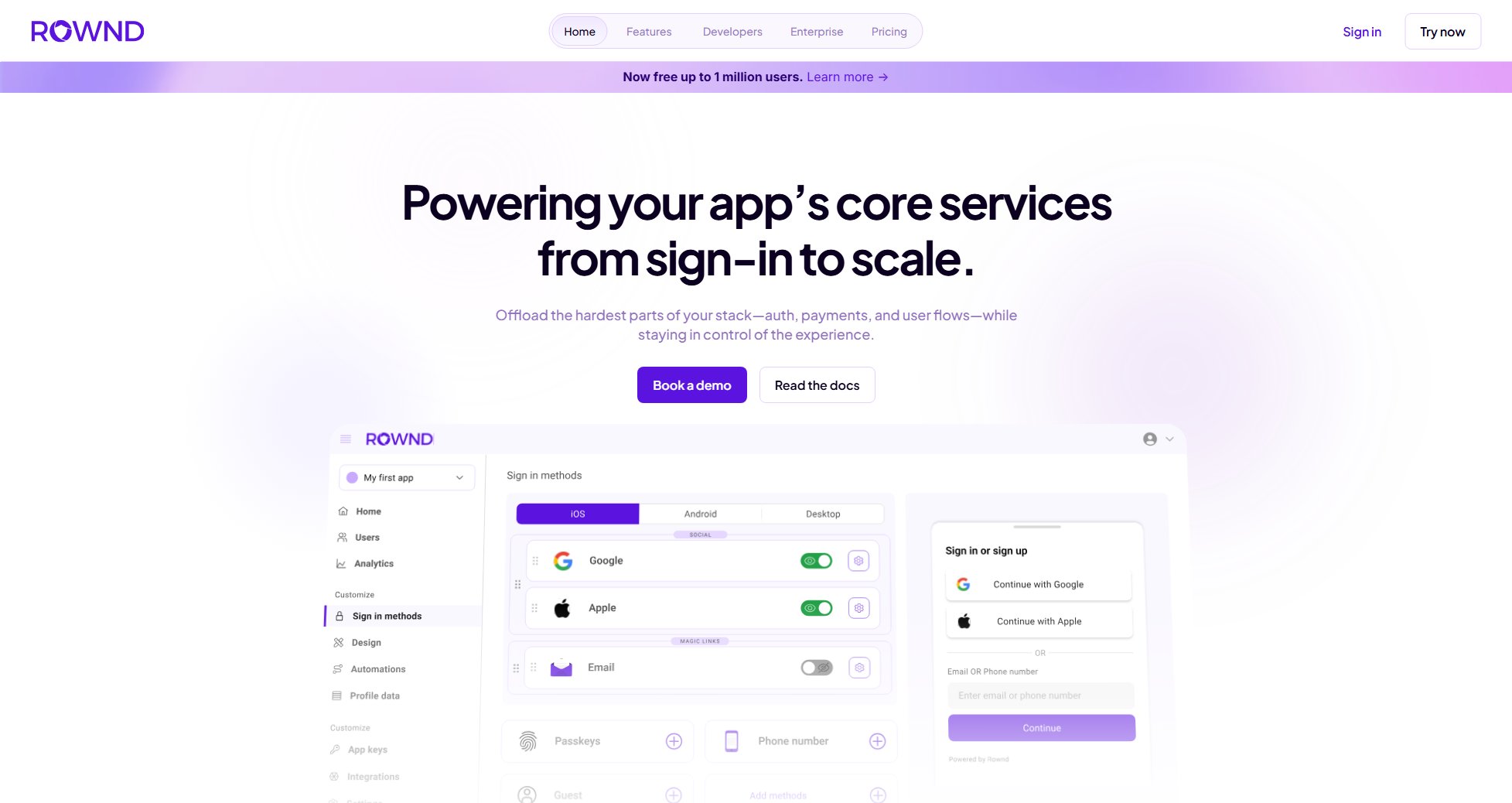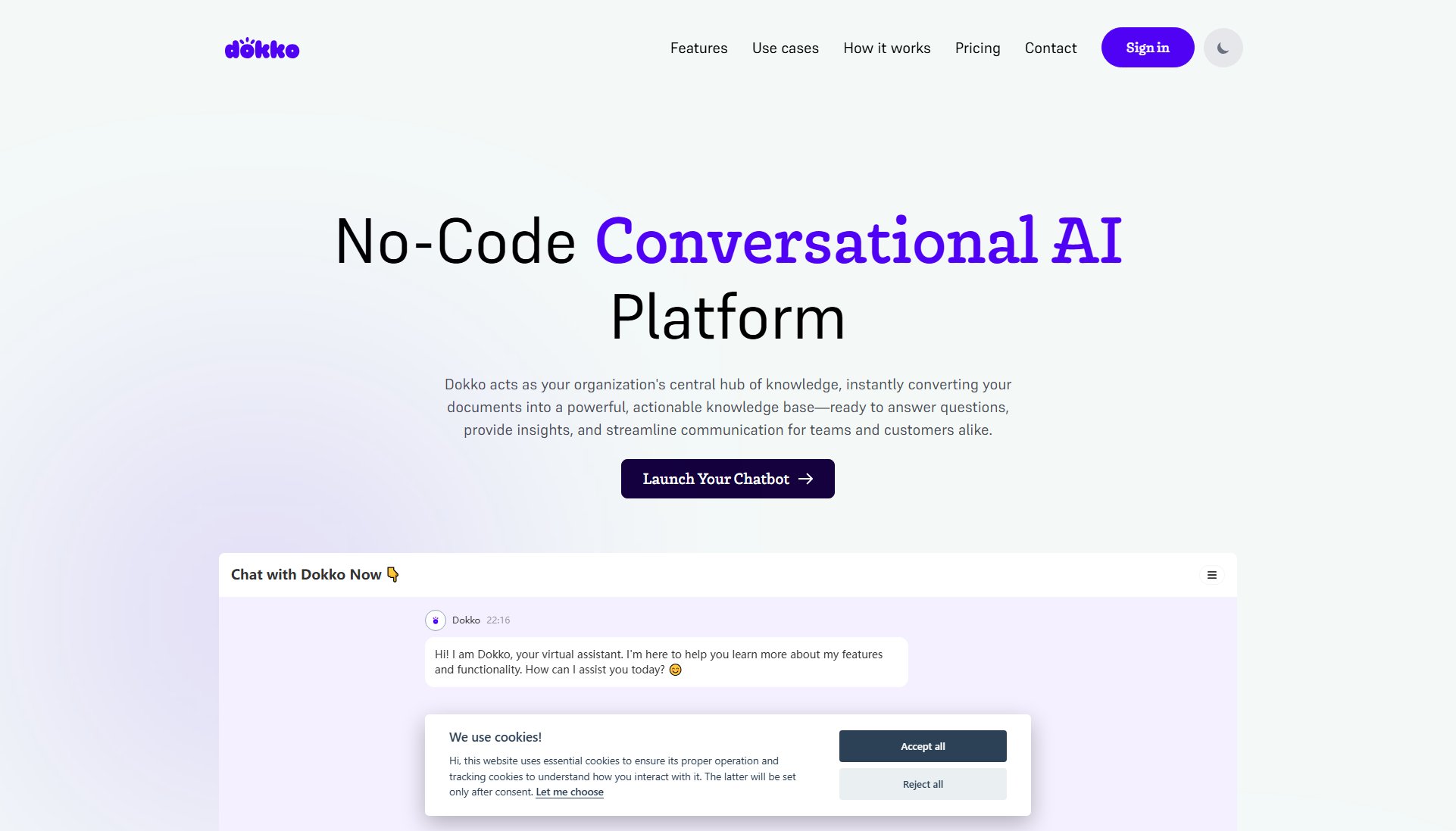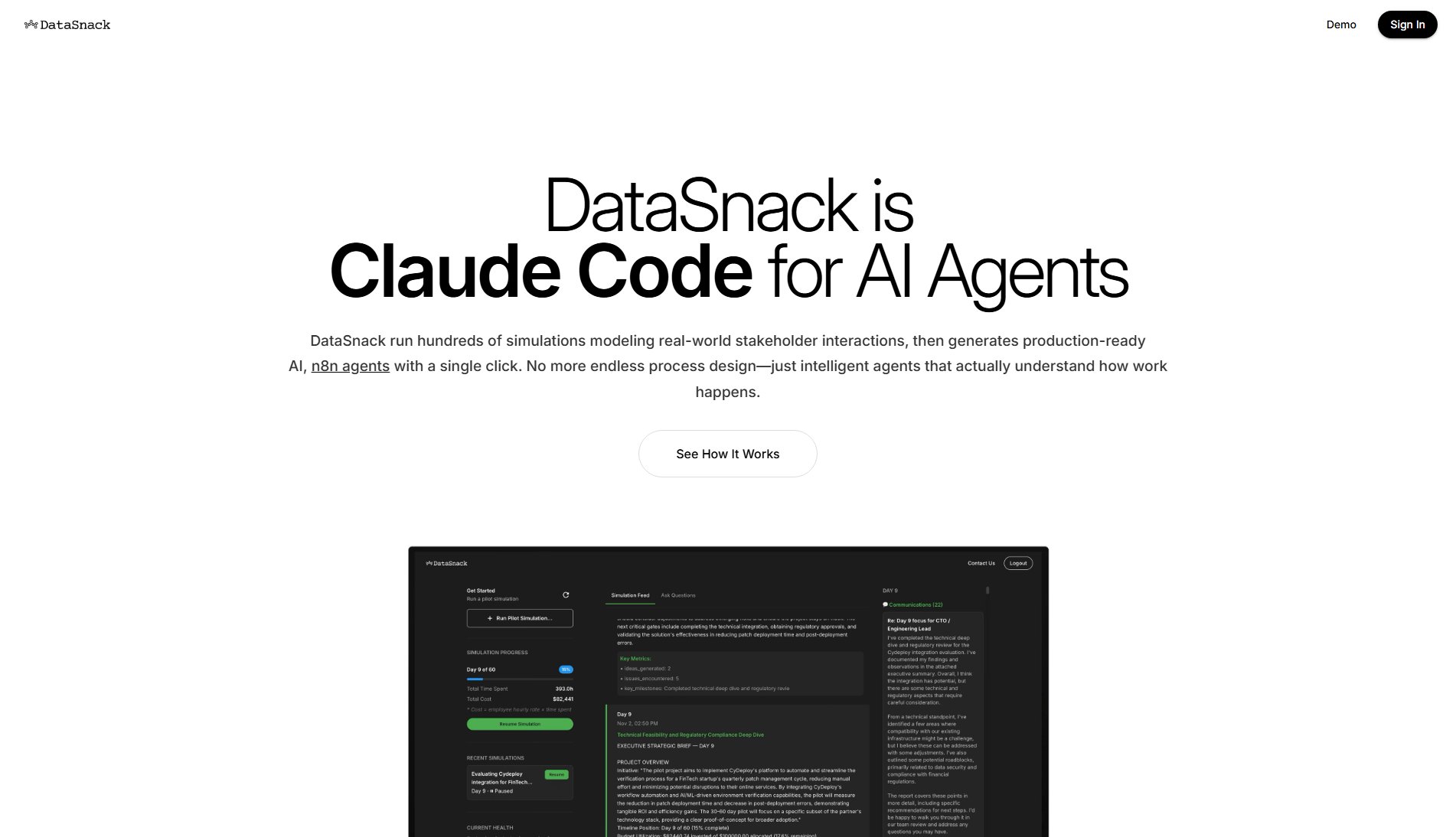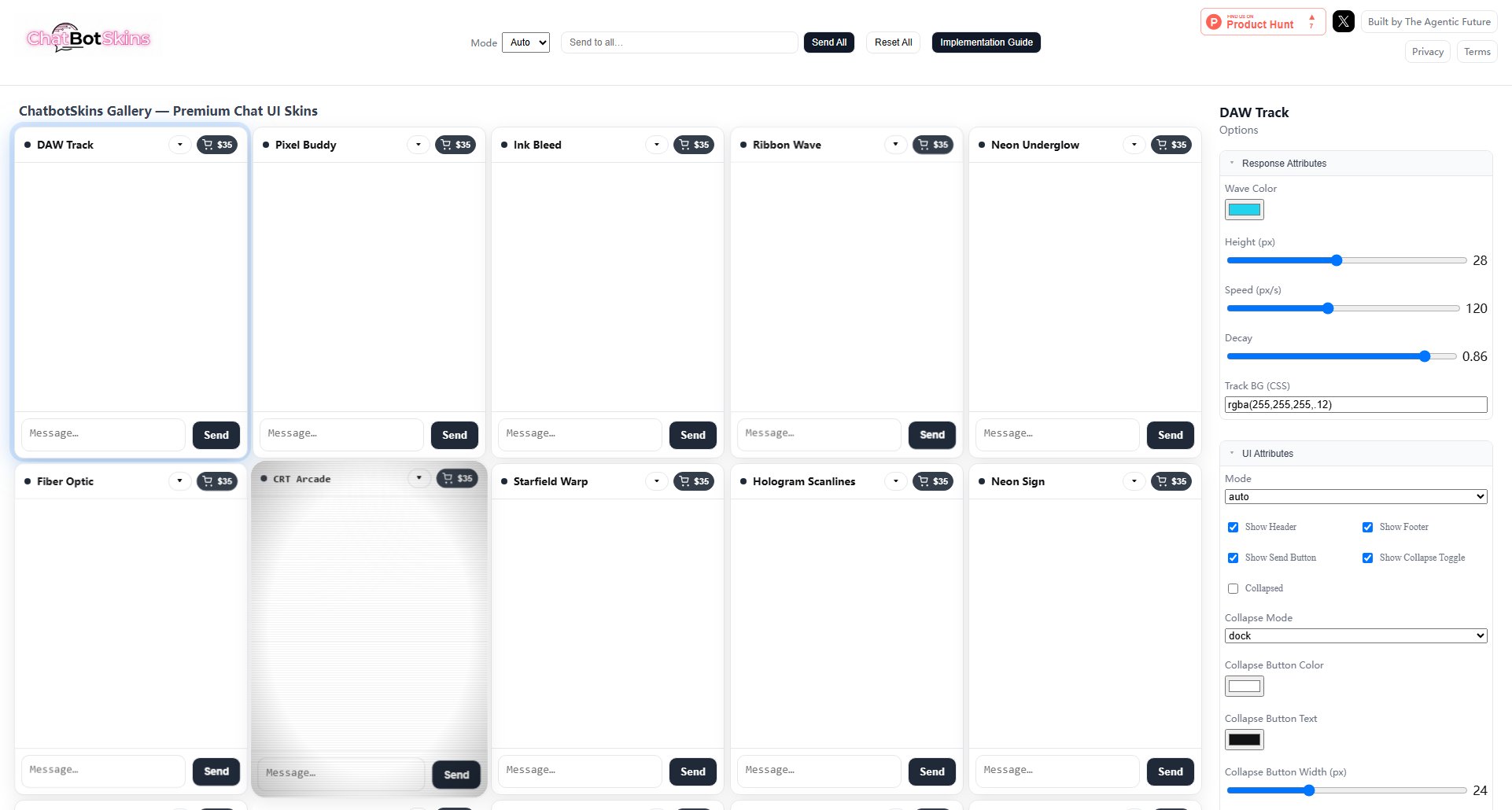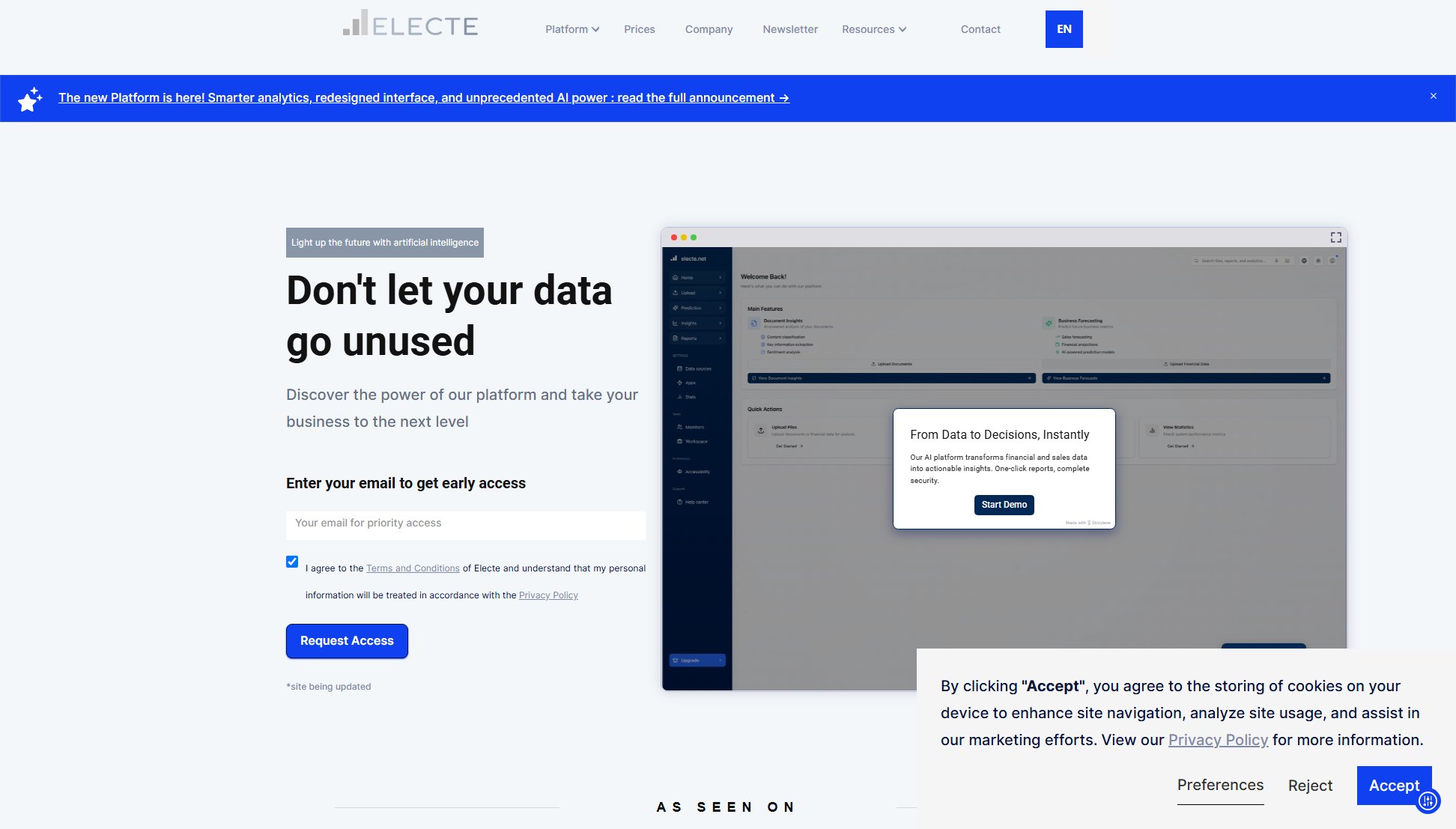GPT CLI
Build your own AI CLI tools with ChatGPT—all in one command line
What is GPT CLI? Complete Overview
GPT CLI is a versatile command-line tool powered by ChatGPT, designed to streamline various development and productivity tasks through AI automation. It offers built-in plugins for AI Commit, AI Command, AI Translate, and more, making it an essential tool for developers and technical users who want to enhance their workflow with AI capabilities. By integrating seamlessly with the terminal, GPT CLI allows users to automate repetitive tasks, generate commands, and even create custom workflows similar to GitHub Actions. Whether you're looking to simplify Git commits, translate text, or execute complex commands with natural language, GPT CLI provides an intuitive and efficient solution.
GPT CLI Interface & Screenshots
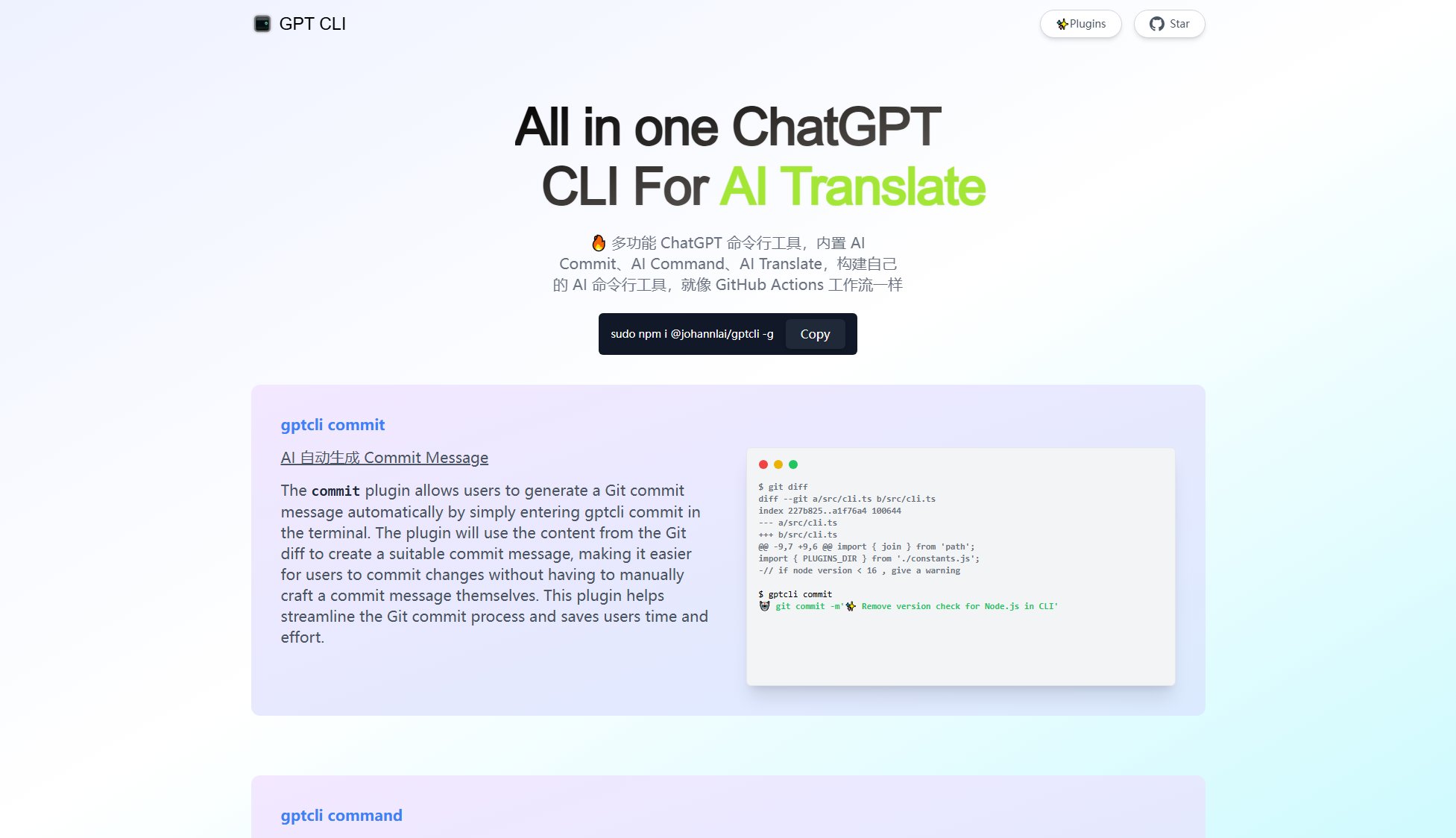
GPT CLI Official screenshot of the tool interface
What Can GPT CLI Do? Key Features
AI Commit
Automatically generates Git commit messages based on the changes in your repository. Simply run `gptcli commit`, and the tool analyzes the Git diff to produce a concise and meaningful commit message, saving you time and effort.
AI Command
Translates natural language descriptions into executable terminal commands. For example, typing 'show all js files in the folder' will generate the corresponding `ls *.js` command, which you can execute directly from the prompt.
AI Translate
Provides on-the-fly translation of text directly in the command line, supporting multiple languages for quick and easy translations without leaving your terminal.
Custom Plugin Support
Allows users to build and integrate their own AI-powered plugins, similar to GitHub Actions workflows, enabling endless customization and automation possibilities.
Seamless Integration
Works natively in the terminal, ensuring smooth integration with existing development environments and workflows without additional setup.
Best GPT CLI Use Cases & Applications
Automating Git Commits
Developers can use GPT CLI to automatically generate meaningful commit messages, reducing the manual effort required for version control and ensuring consistent commit history.
Command Generation
Users unfamiliar with specific terminal commands can describe their needs in plain English, and GPT CLI will generate the correct command, making the terminal more accessible.
Multilingual Translation
Quickly translate text snippets or documentation directly from the command line, useful for developers working with international teams or multilingual projects.
Custom Workflow Automation
Advanced users can create custom plugins to automate repetitive tasks, integrating AI capabilities directly into their development workflow.
How to Use GPT CLI: Step-by-Step Guide
Install GPT CLI globally using npm by running `sudo npm i @johannlai/gptcli -g` in your terminal.
Run any of the built-in commands, such as `gptcli commit` to generate a Git commit message or `gptcli command` to translate natural language into executable commands.
For AI Commit, the tool will automatically analyze your Git diff and suggest a commit message. You can review and use it directly.
For AI Command, describe what you want to do in natural language (e.g., 'show all js files'), and GPT CLI will generate the appropriate command for you to execute.
Explore additional plugins or create your own custom plugins to extend functionality and automate more tasks.
GPT CLI Pros and Cons: Honest Review
Pros
Considerations
Is GPT CLI Worth It? FAQ & Reviews
Yes, GPT CLI is currently available for free, offering access to all core plugins and basic customization options.
Absolutely! GPT CLI supports custom plugin development, allowing you to build and integrate your own AI-powered tools tailored to your workflow.
The AI Commit plugin analyzes the changes in your Git repository (via `git diff`) and generates a descriptive commit message automatically, which you can review and use.
No, there are no usage limits for the AI Command feature. You can generate as many commands as needed.
You can explore additional plugins on the official GitHub repository or create your own to extend functionality.
